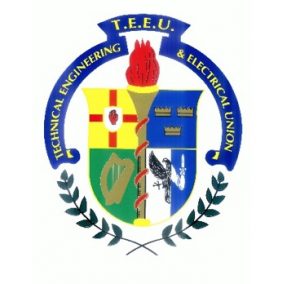The Connect Trade Union emerged in 1992 from an amalgamation of the Electrical Trades Union (ETU) and the National Engineering & Electrical Union (NEETU). Both of these unions owe their origins to the pioneering work of Countess Markievicz, who encouraged activists in British based craft unions to establish the Irish Engineering, Shipbuilding and Foundry Trades Union (IES&FTU) in May 1920.
The new headquarters of the union at 6 Gardiner Row also hosted the headquarters of the Dublin Brigade of the IRA and its Active Service Unit in the latter stages of the War of Independence. Both the ETU and NEETU evolved directly from the IES&FTU. Both unions can trace their origins to 1920 when union activist’s in British based unions believed Irish workers needed autonomous representation in the emerging Irish state.
This was a turbulent period when industrial relations were still overshadowed by the titanic struggle for union recognition in the 1913 lockout, as well as the struggle for national sovereignty. Organisation, recognition and growth were often won at the cost of bitter hardship for those who undertook the task.
The momentum created by the founding of the IES&FTU was short lived when in 1923 a number of electricians broke away to form the Electrical Trade Union (Ireland). This occurred because consensus could not be found in a dispute with their plumbing colleagues over the lead jointing of electric cables. A founding principle of these unions was that they must be members’ focused and controlled. That tradition has been retained in the formation of the Connect Trade Union. Each member is encouraged to participate.
We realise that it is only through unity and solidarity that our collective efforts can meet with success. Ultimately it is on the conduct, commitment and sense of responsibility of each individual member that the effectiveness, prestige and ethos of the Connect Trade Union depends.
We should never forget the vision and sacrifices of our founding members.



